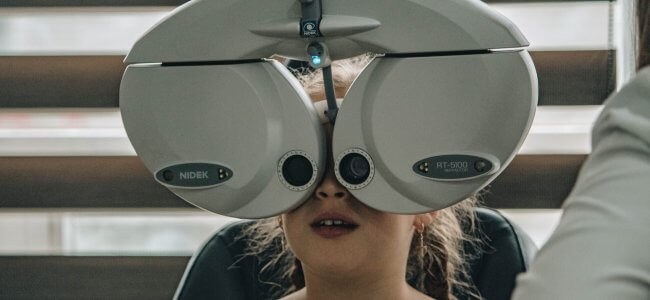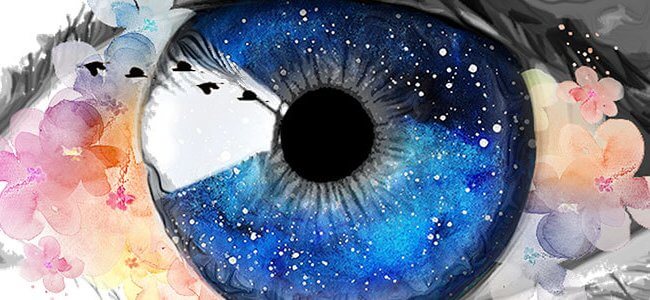Visual impairment
When we talk about visual impairment we mean the total or partial loss of the ability of a subject to perform, in total autonomy, the simple and recurring actions of daily life that require the support and contribution provided by the visual field.
These deficits can affect:
- visual acuity: in this case the subject is not able to distinguish the details that characterize an object. Visual acuity is also called visus and is measured by the optician or ophthalmologist.
- amplitude of the field of view: in normal conditions, it has a total amplitude of about 120 in the vertical plane and 180 in the horizontal one.
Visual deficits encompass all those problems that affect both with the vision and with the visual field. However, a distinction is made between blindness and low vision if one or both eyes are involved.
Follow us in this scientific excursus to stay up to date on innovative cures and treatments brought forward by research.
Specialized doctors will enrich this in-depth study of visual impairment through interviews, statements and articles, thus providing a valuable contribution to the dissemination of topics on which they can boast years of study and research.
Latest articles

Macular edema: blurred vision and colour alteration
From image distortion to loss of vision: the effects of macular edema.

Keratoconus: how to recognize symptoms and causes
Who are the subjects most at risk of keratoconus? A guide to the symptoms, causes and treatments of this pathology.

Eye diseases: the situation in Italy
Technological development and increased life expectancy have, inevitably, led to an exponential increase in eye diseases.

Glaucoma: 112 million patients by 2040
Glaucoma is a disease of the optic nerve, as well as a major cause of impairments in the vision field.

Bitemporal hemianopsia: diagnosis and treatments
Dr Borghetti puts his experience with bitemporal hemianopsia, homonymous, altitudinal and nasal.

Hemianopsia lenses: a replacement approach
Dr Lepri gives us his opinion about the various types of approaches: substitutive (Lenses for hemianopsia) and neuro rehabilitative.

Field of view: the point of view of patients with deficits
Dr Fontanelli offers us the patient’s point of view on hemianopsia (deficiency of the visual field) and telemedicine.

Visual rehabilitation: promises and hopes
The VISION study compares three types of treatments: visual rehabilitation, external optical aids, and standard treatments.

Hemianopsia: causes and characteristics of this visual impairment
Dr. Catalano offers an in-depth look at hemianopsia: causes and characteristics.

Visual impairment: how to recognize and identify it?
There is a direct link between what we see and where it projects into our brain. Knowing where this happens has relevant diagnostic and rehabilitation implications.

Homonymous hemianopsia and its issues
The loss of half the field of vision can lead to several difficulties in the everyday life. Let’s find out what homonymous hemianopsia entails.





